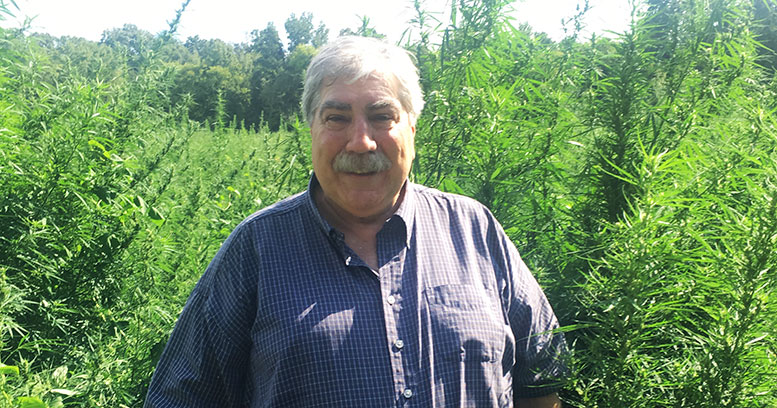Ernie DeMartino, CEO at Texas, USA-based ASA Process Solutions, has been involved in all types of process system design, engineering, fabrication, construction and equipment supply for all types of industries – environmental, chemical, marine, alternative energy (biodiesel) and industrial hemp. He has more than 45 years’ experience in mechanical separation by centrifuge.
HempToday: What’s the effect of the CBD crash for the hemp extraction niche?
Ernie DeMartino: I would not consider that there is a “CBD crash” but a “slowdown” caused by lack of badly required government regulations. In USA, the USDA, which regulates growing, has proposed guidelines that many states are objecting to, causing states to revert to the 2014 pilot program. The FDA, which regulates processing and product quality/specifications, is working toward providing regulations but does not have a timeline. In addition, due to the current oversupply of wholesale products, sale prices have dropped. With the lack of government regulations and current supply and demand, hemp CBD extraction has reached current demand levels.
Meet Ernie DeMartino and other leading hemp technology innovators at HempToday’s Machines & Technology Micro-Summit, May 22-23, 2020 at HempToday Center
HT: Where do you see the geographic growth for technology relevant to industrial hemp?
ED: The industrial hemp growth markets will increase as acceptance of hemp products (fiber, seed and extracts) is achieved. Acceptance, through education and regulation is the key. Currently, proven technology being used is advancing both with upgrades and new technology.
HT: How fast is extraction technology changing, what’s driving the pace and how can the players in this market keep an edge?
ED: Extraction technology is changing at a moderate pace. Requirements for solventless extraction methods are being developed and proven to keep up with industry demands. Players need to first determine what products they will market and determine the best, most economical extraction technology for those specific products.
HT: What’s your view on CO2 extraction vs. alcohol-based methods?
ED: The best extraction method is determined by the amount of hemp to be processed and products that will be marketed. All processes have pros and cons that need to be taken into consideration. Example is if you have small volumes of biomass to process, CO2 extraction may be best. Processing large volumes of biomass, alcohol (ethanol) extraction may be best. For full spectrum tinctures, solventless infusion (go from dry hemp to approximately 1500 mg/30 ml) may be best. Other technologies such as hot air extraction and cavitation reactors are being developed, mostly for large volume biomass plants.
HT: What kind of projects have you worked on in the environmental sector?
ED: We have worked on projects for remediation of crude oil spills, removal of FOG (fats, oils and grease) from municipal waste water processing plants, waste reduction of hazardous chemical in chemical plants, used motor oil processing to produce fuel oils, and crude oil tank cleaning, to mention a few.
HT: What’s on the horizon for ASA Process Solutions?
ED: Pertaining to industrial hemp, we see refinement and improvement to current extraction and refining of CBD products, bringing new technology/extraction methods to reality and processes for using byproducts such as spent biomass and hemp seed oil for biofuels.

